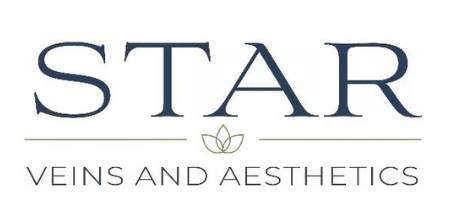What is Vein Disease? Types of Vein Disease and Stages Explained
If you’ve ever wondered what is vein disease and how it affects your legs, you’re not alone. Millions of people experience vein issues every year, yet few understand the types of vein disease or the stages of vein diseases.
Dr. Gulshan Sethi, a trusted Long Island vein specialist, has helped thousands of patients restore healthy circulation and confidence. Let’s break it all down in simple, clear terms.
What is Vein Disease?
Vein disease, also known as chronic venous disease (CVD), occurs when your veins struggle to return blood from the legs back to your heart. This leads to blood pooling, vein damage, and sometimes visible symptoms like bulging varicose veins or painful swelling.
Common signs include:
- Leg pain, heaviness, or fatigue
- Visible varicose or spider veins
- Swelling of the ankles and calves
- Skin changes or discoloration
- Ulcers in severe cases
Pro Tip: “Ignoring vein problems can make them worse over time — early treatment is always easier, faster, and less invasive.”
For more information on vein treatments, visit Comprehensive Varicose Vein Treatment at Veins Center Long Island with Dr. Gulshan Sethi.
Types of Vein Disease
Understanding the types of vein disease helps patients know what they’re dealing with — and how to get help:
- Spider Veins – Small, visible red or purple veins just beneath the skin.
- Varicose Veins – Enlarged, twisted veins causing pain and swelling.
- Related guide: Varicose Veins
- Deep Vein Thrombosis (DVT) – A dangerous blood clot deep inside the leg.
- Chronic Venous Insufficiency (CVI) – When vein valves fail, causing long-term circulation issues.
- Venous Ulcers – Open wounds on the legs caused by untreated vein problems.
Stages of Vein Diseases
Vein issues progress in stages — from minor cosmetic concerns to serious medical conditions. The stages of vein diseases are usually described as follows:
- Stage 1: Small spider veins, mild swelling, no pain.
- Stage 2: Varicose veins appear, causing discomfort or heaviness.
- Stage 3: Noticeable swelling and skin changes like redness or itching.
- Stage 4: Skin thickening or discoloration due to chronic poor circulation.
- Stage 5: Healed ulcers that may recur.
- Stage 6: Active venous ulcers requiring urgent treatment.
Want expert care at every stage? Visit Finding the Best Vascular Doctor on Long Island – Meet Dr. Gulshan Sethi.
Why Early Diagnosis Matters
Leaving vein disease untreated can lead to serious complications — from blood clots to non-healing ulcers. According to studies, more than 40% of adults over 50 have some form of venous insufficiency, yet only a fraction seek treatment early.
Dr. Gulshan Sethi specializes in advanced therapies like:
These treatments are minimally invasive, highly effective, and performed in-office — no lengthy hospital stay required.
FAQs
What is vein disease in simple terms?
It’s when the veins in your legs don’t move blood efficiently back to your heart, leading to swelling, pain, or visible veins.
Are all types of vein disease dangerous?
No — spider veins are mostly cosmetic, but conditions like DVT or CVI can be serious if untreated.
How do I know which stage my vein disease is in?
A vein specialist like Dr. Gulshan Sethi can perform an ultrasound to diagnose the exact stage and recommend the best treatment.
Can vein disease go away on its own?
Unfortunately, no. Lifestyle changes may help manage symptoms, but medical treatments are the only permanent solution.
Final Thoughts: Take the First Step Toward Healthy Legs
Now you know what is vein disease, the types of vein disease, and the stages of vein diseases — it’s time to take action. Whether you’re just seeing spider veins or experiencing severe pain, getting treatment early prevents future complications.
Ready to restore your confidence and leg health?
Contact Veins Center Long Island to schedule a consultation with Dr. Gulshan Sethi — Long Island’s trusted vein specialist.

